When Emma and Diego joined Kirkcaldy North Primary School in P1 they spoke no English.
They didn’t understand what their teacher was saying and couldn’t articulate what they needed or wanted.
Now the siblings chatter away in both English and their mother-tongue, Romanian.
And mum Sorina Lingurar is learning the language too, thanks to support from their school.
Emma, P4, and Diego, P2, are among 46 children at the Fife school with a first language other than English.
More children than ever across Fife are what is known as EAL (English as an additional language) pupils.
The 21 other languages spoken at Kirkcaldy North Primary
But Kirkcaldy North has a particularly high proportion – 29.5% – of EAL pupils.
Including English, an astonishing 22 languages are spoken there.
The other languages are:
- Romanian
- Urdu
- Bulgarian
- Filipino
- Turkish
- Malayaman
- Punjabi
- Nepalese
- Igbo
- Polish
- Pashto
- Arabic
- Shona
- Buano/Visayan
- Hungarian
- Jamaican
- Czech
- Portugese
- Russian
- Danish
- Lithuanian
Scotland’s first Language Friendly school
Kirkcaldy North Primary School has recently been named Scotland’s first Language Friendly School.
Flags purchased by the parent council representing each nation take pride of place in the school’s entrance hall.
- Also read: How many pupils at your Angus, Dundee, Fife, Perth and Kinross or Stirling school have English as an additional language?
Educating children with so many other languages presents teachers with a challenge.
But it’s one they are rising to under the leadership of head teacher Emma Clunie and direction of EAL and class teacher Beverley Clunie.
While teaching children of multiple languages can be a hurdle for new teachers, Beverley says it has become the everyday at Kirkcaldy North.
She says: “Children are children and the same the world over; it’s just adapting your teaching to suit the needs of the pupils. And very quickly they do adapt.
“It isn’t seen as such a big deal in this school because there are so many children with so many languages.
“It’s almost that that’s the norm rather than the other way around and everyone is used to it.”
In the classroom, teachers are conscious that some pupils have limited or no English.
How teachers adapt lessons and encourage all languages
Beverley explains: “They are skilled in breaking things down.
“They talk clearly, slowly and encourage the use of all languages.
“Teachers will buddy kids up with someone in the class who speaks the same language as them.
“If they are doing topics they will find vocabulary in different languages.
“They will let the pupils do any planning and speaking in their own language and get ideas and concepts in their own language.
“Being in class, the kids are absorbing English all the time and learning it that way.
“It is difficult for a start but they have buddies.
“Children pick up languages very, very quickly. Generally speaking, within a year to a year and half most kids have enough English to be accessing the curriculum quite well.”
P6 pupil Antonia Pausa is a great example. She started school with no English and is now fluent.
She says: “It was a bit scary but I got into it. I speak English mostly at home now.”
‘The children are much happier’
Antonia is one of the school’s language ambassadors and explains: “If someone new comes in and doesn’t speak English we can translate it for them.”
Efforts to embrace all cultures at Kirkcaldy North Primary School have enhanced life for families like Sorina’s.
Speaking through an interpreter, she says: “You can tell because of the children. They ask to go school, they are begging their parents to take them to school.
“They are much happier.
“Diego’s teacher put him in the higher group in maths. We had a parents’ meeting and Emma’s teacher says she helps the other children.”
Sorina and fellow parents also learn English at weekly sessions in the school where they play games and read with their children.
These are supported by Fife Council’s ESOL (English for Speakers of Other Languages) service.
And the school has a language exchange club for all pupils.
Having so many languages in the school also benefits the English-speaking pupils, Beverley says.
“It shows them the world is a big place. The EAL pupils can teach the Scottish children some of their language.
Scottish kids learn other languages and cultures
“We have quite a lot of Scottish kids that come to language club who don’t speak another language but want to learn.”
For many of the pupils English isn’t just a second language but a third or even fourth language.
Beverley says: “I always say to pupils how amazing they are that they can speak two, three languages. What a massive skill that is for their future.”
Head teacher Emma says: “All members of the Kirkcaldy North community are committed to promoting equality and diversity.
“Becoming Scotland’s first Language Friendly School is a reflection of this commitment and I am so grateful to have the support of children, parents, staff and partners as we drive this work forward.”
101 languages across Fife schools
As across Scotland, the number of Fife children with a first language other than English is rising.
Some 101 languages are spoken, with Polish, Romanian, Urdu, Punjabi and Arabic the most common.
Region-wide around one in 20 primary school children (5.3%) and one in 30 secondary school children (3.5%) has English as an additional language – termed as an EAL pupil.
Other schools with large populations of EAL pupils include St Marie’s RC Primary (33.4%), also in Kirkcaldy, Kirkcaldy West Primary (23.2%) Leuchars Primary (22.7%).
Leuchars Primary School has a lot of Afghan pupils whose families were relocated to MoD properties in the village.
Both it and Kirkcaldy North Primary School were highlighted in a report on how Fife Council supports refugee, asylum seeking and displaced children.
Convener of Fife’s education scrutiny committee, Councillor Kathleen Leslie, praised how Kirkcaldy North has embraced the challenges.
“Being the first and only school in Scotland to achieve the Language Friendly School award is a great achievement, reflecting the school’s commitment to inclusivity and celebrating the 21 languages spoken within its community.
“All our other schools in Fife provide inclusive and tailored support where required to our young people who are also second language speakers.”
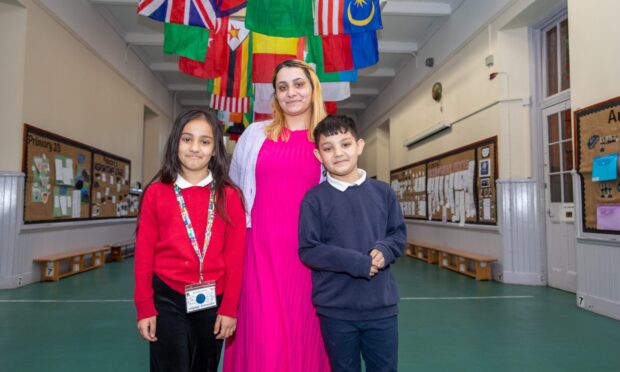
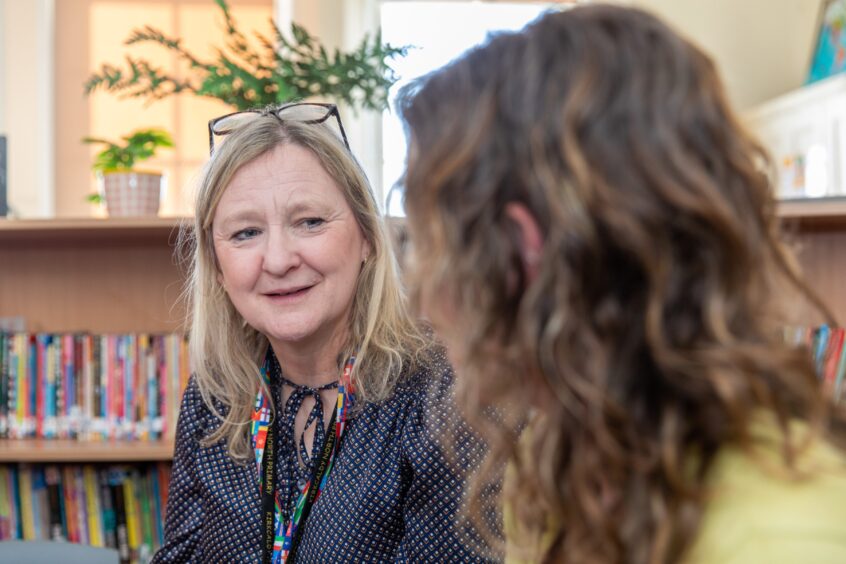
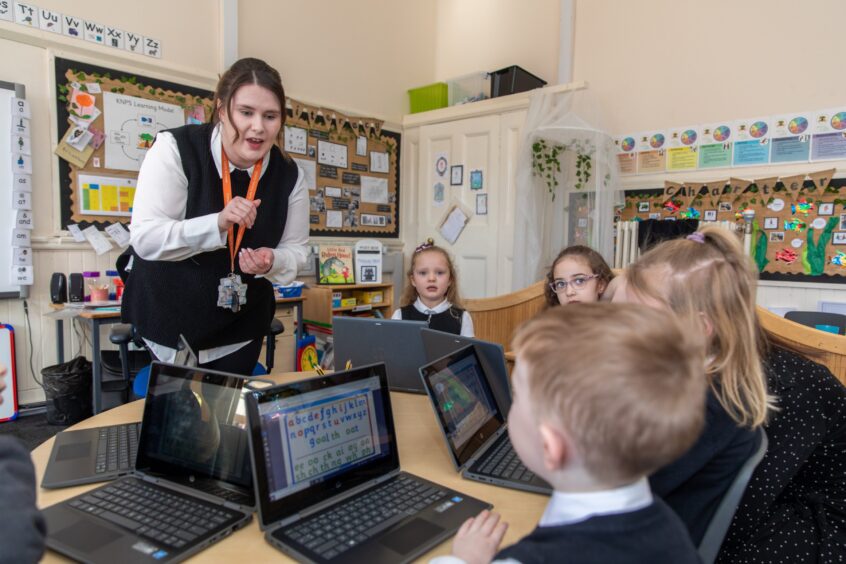
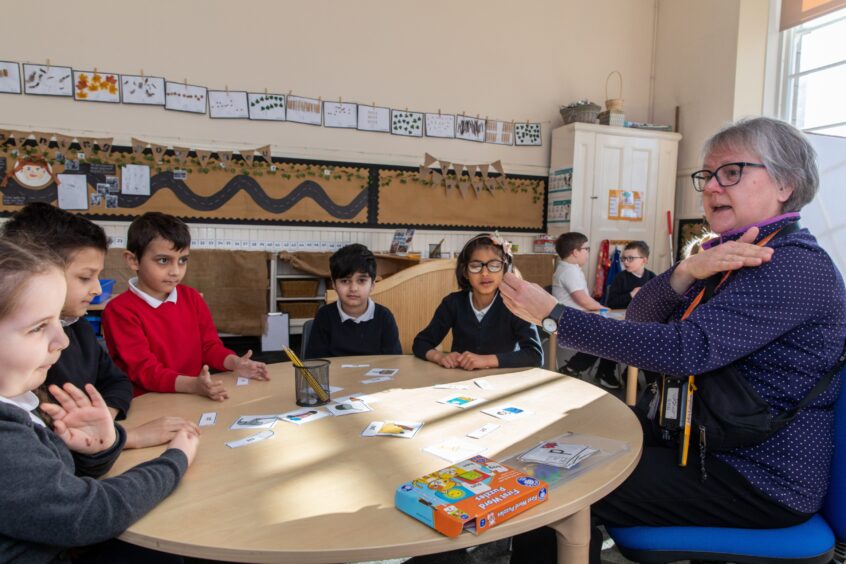
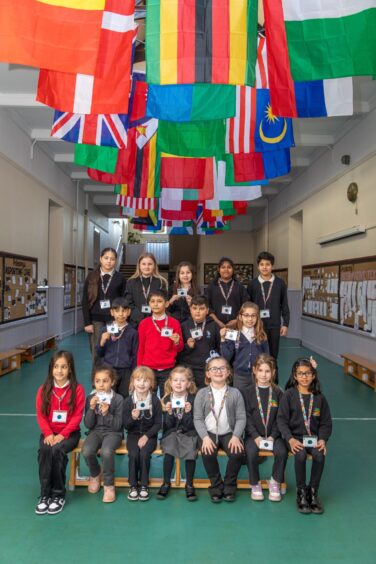
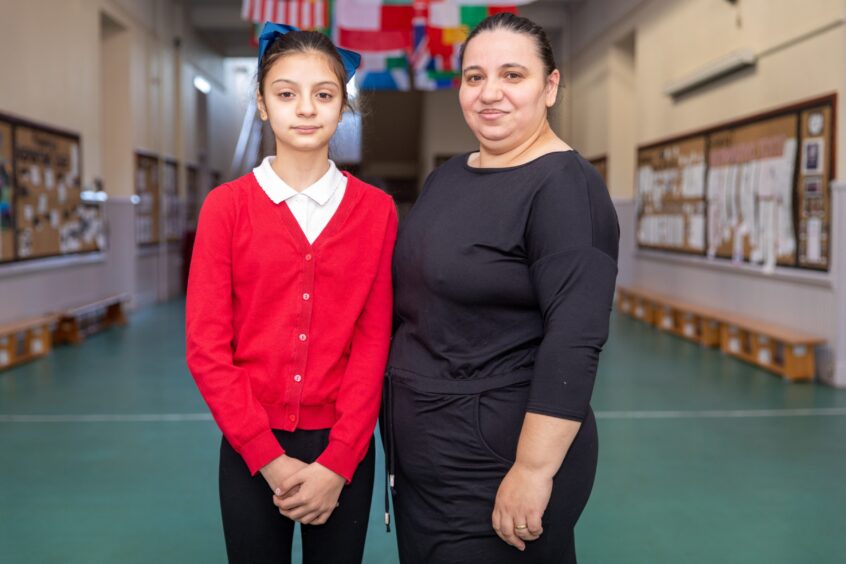


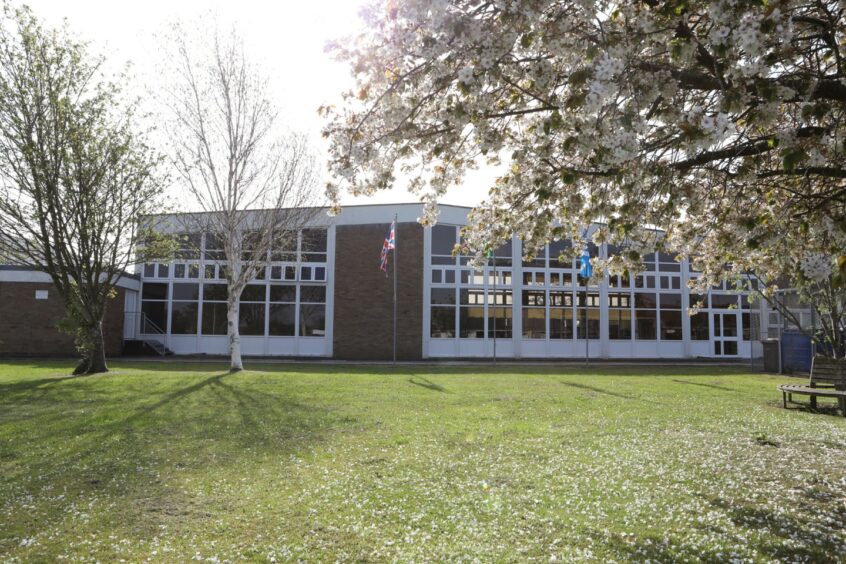
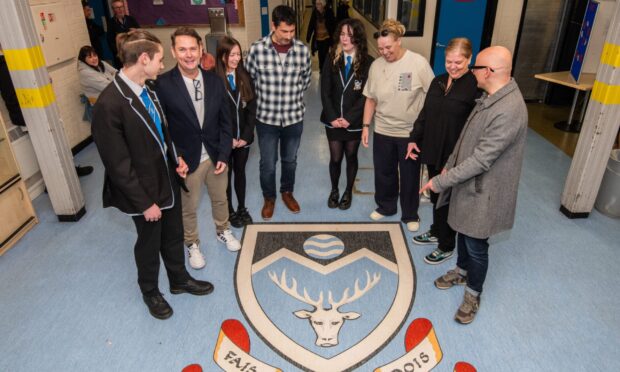
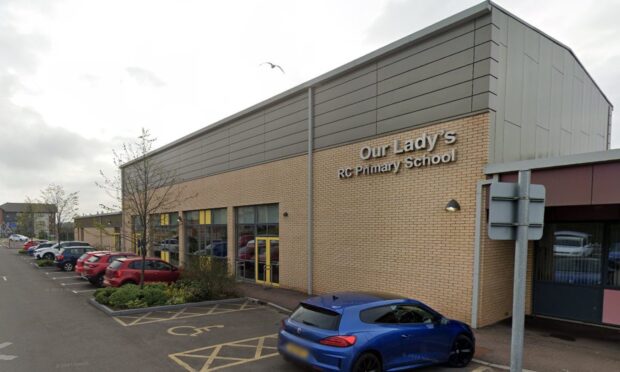
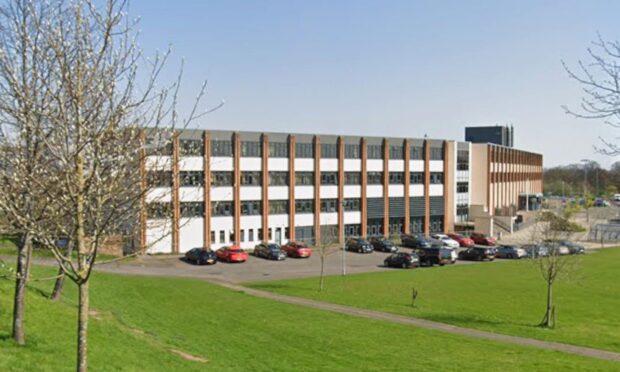

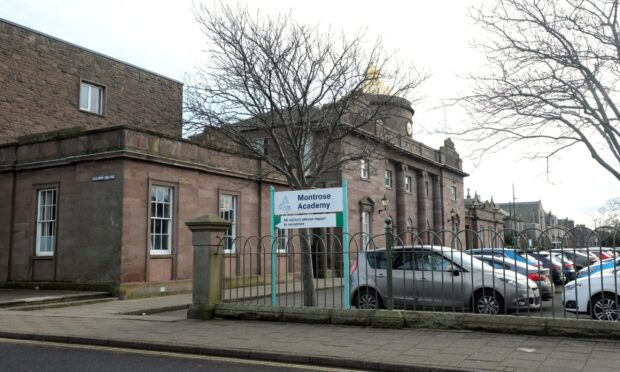
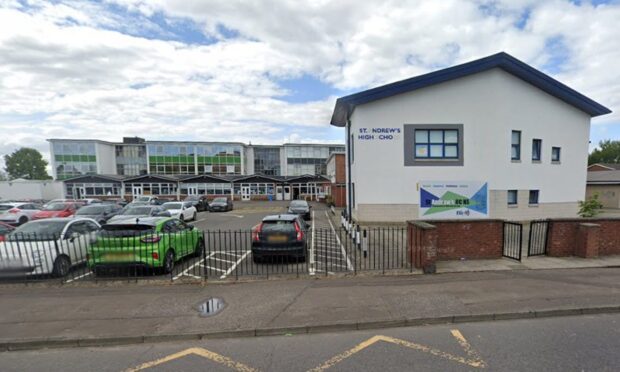
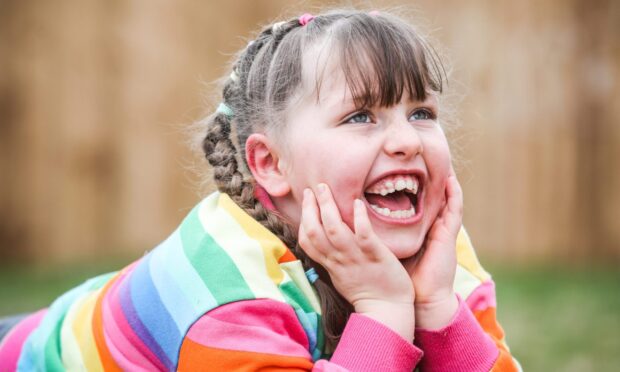
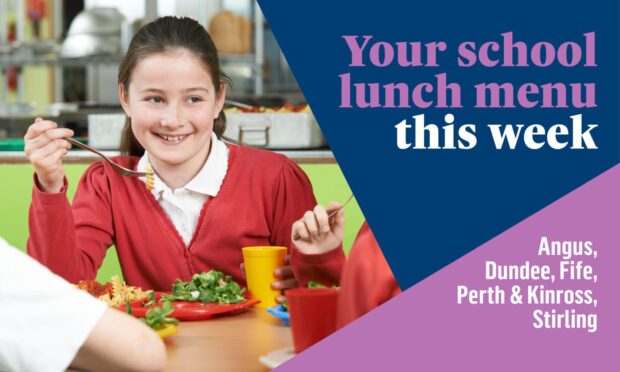
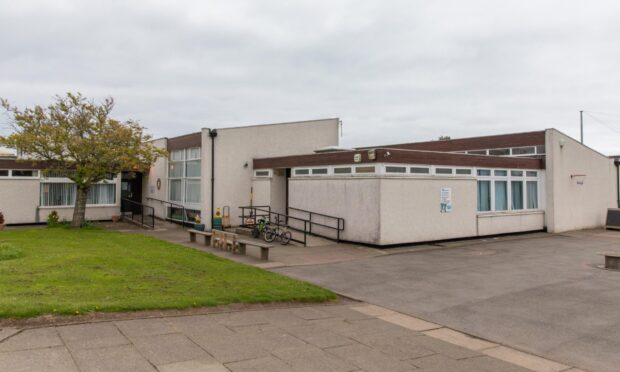
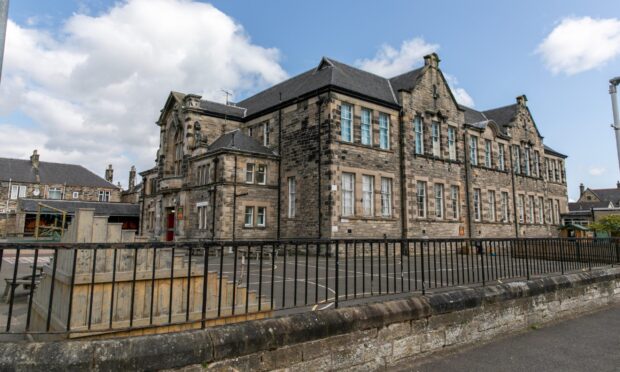
Conversation